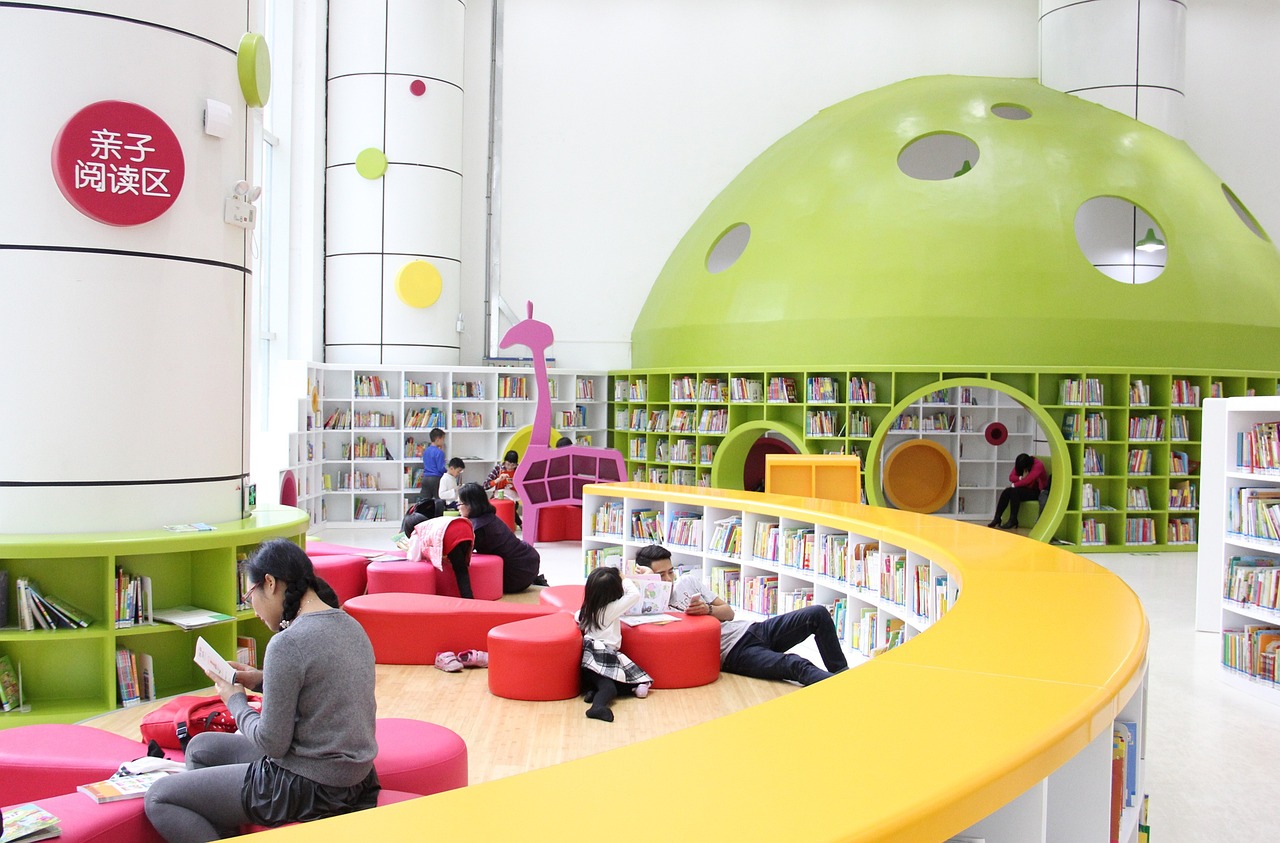The Importance of Design Thinking in Education
world 7.com, mahadev book login id and password, silver exchange demo id:Design thinking is a powerful problem-solving approach that can revolutionize education systems all around the world. By emphasizing a human-centered, empathetic, and iterative process, design thinking encourages educators to think creatively and innovatively to address challenges and improve learning outcomes for students.
Embracing design thinking in education can lead to a more engaging and effective learning experience for students. It encourages educators to step out of their traditional roles and look at problems from different perspectives. This approach can help identify and understand the root causes of issues, leading to more innovative and meaningful solutions.
One of the key benefits of design thinking in education is its focus on empathy. By understanding and empathizing with the needs and experiences of students, educators can design learning experiences that are more tailored to their individual needs. This personalized approach can help students feel more engaged and motivated to learn.
Design thinking also promotes a culture of collaboration and creativity in the classroom. By encouraging educators to work together to brainstorm ideas, prototype solutions, and test their hypotheses, design thinking fosters a more dynamic and interactive learning environment. This collaborative approach can help students develop essential 21st-century skills such as critical thinking, communication, and collaboration.
Furthermore, design thinking can help educators adapt to the rapidly changing landscape of education. With advancements in technology and pedagogy, educators need to be agile and adaptable to meet the diverse needs of students. Design thinking provides a framework for educators to experiment with new ideas, iterate on existing practices, and continually improve their teaching methods.
Incorporating design thinking in education can also help address complex challenges facing the education system, such as inequity, diversity, and inclusion. By taking a human-centered approach, educators can better understand the diverse needs of students from different backgrounds and create more inclusive and equitable learning environments.
Overall, design thinking is a powerful tool that can help educators reimagine the future of education. By focusing on empathy, collaboration, creativity, and adaptability, design thinking can lead to more innovative and effective teaching practices that benefit students of all ages and backgrounds.
—
**Frequently Asked Questions about Design Thinking in Education**
1. **What is design thinking?**
Design thinking is a problem-solving methodology that emphasizes a human-centered, empathetic, and iterative approach to addressing challenges and generating innovative solutions.
2. **How can design thinking benefit education?**
Design thinking can benefit education by promoting a more engaging and effective learning experience for students, fostering a culture of collaboration and creativity in the classroom, and helping educators adapt to the rapidly changing landscape of education.
3. **How can educators incorporate design thinking into their teaching practices?**
Educators can incorporate design thinking into their teaching practices by starting with empathy, brainstorming ideas, prototyping solutions, testing hypotheses, and iterating on their practices to continually improve their teaching methods.
4. **What are some examples of design thinking in education?**
Examples of design thinking in education include redesigning the physical layout of classrooms to promote collaboration and creativity, creating personalized learning experiences for students based on their individual needs, and developing innovative teaching methods that engage students in active learning.
5. **How can schools and institutions support the implementation of design thinking in education?**
Schools and institutions can support the implementation of design thinking in education by providing professional development opportunities for educators, fostering a culture of experimentation and innovation, and investing in resources and tools that facilitate the design thinking process.







